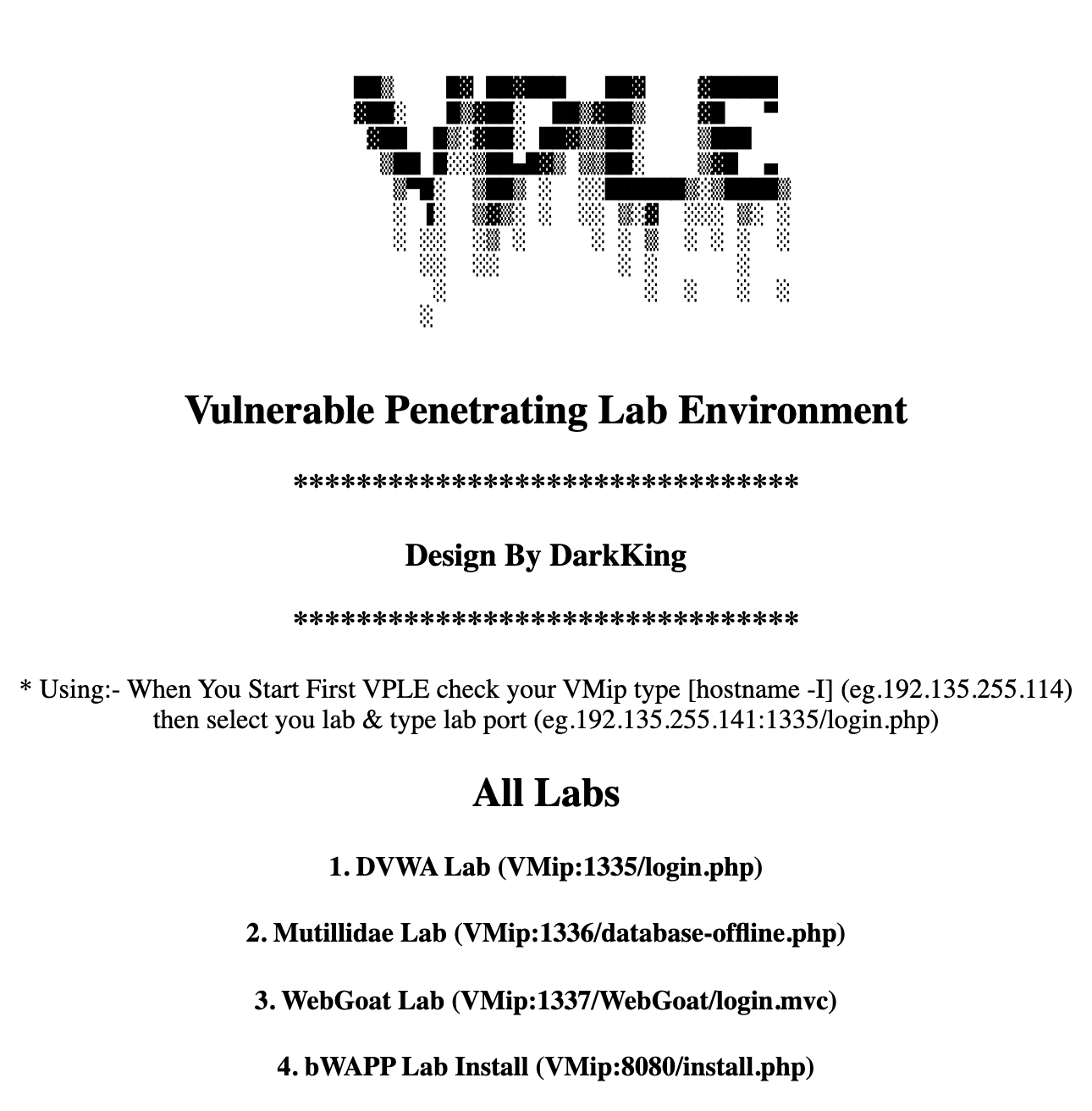

- #The used vulnerable zip how to
- #The used vulnerable zip install
- #The used vulnerable zip verification
- #The used vulnerable zip windows
If this line is True, the required hardware features are present. The device OEM is responsible for providing the updated BIOS/firmware that contains the microcode provided by CPU manufacturers. This line tells you if hardware features are present to support the branch target injection mitigation. Hardware support for branch target injection mitigation is present This section provides system status for variant 2, CVE-2017-5715, branch target injection. This appears because PowerShell prints the object that is returned by a function. The final output grid maps to the output of the preceding lines. SSBDWindowsSupportEnabledSystemWide: False
#The used vulnerable zip windows
Windows OS support for MDS mitigation is enabled: True Windows OS support for MDS mitigation is present: True Windows OS support for L1 terminal fault mitigation is enabled: True Windows OS support for L1 terminal fault mitigation is present: True Hardware is vulnerable to L1 terminal fault: True Speculation control settings for CVE-2018-3620 Windows OS support for speculative store bypass mitigation is enabled system-wide: False Windows OS support for speculative store bypass mitigation is present: True Hardware support for speculative store bypass mitigation is present: False Hardware is vulnerable to speculative store bypass: True Speculation control settings for CVE-2018-3639 Windows OS support for PCID optimization is enabled: False Windows OS support for kernel VA shadow is enabled: False Windows OS support for kernel VA shadow is present: False Hardware requires kernel VA shadowing: True Speculation control settings for CVE-2017-5754 Windows OS support for branch target injection mitigation is disabled by absence of hardware support: True Windows OS support for branch target injection mitigation is disabled by system policy: True

Windows OS support for branch target injection mitigation is enabled: False Windows OS support for branch target injection mitigation is present: True Hardware support for branch target injection mitigation is present: False

Speculation control settings for CVE-2017-5715 Enabled protections appear in the output as “True.” The output of this PowerShell script will resemble the following. Start PowerShell, and then (using the example above) copy and run the following commands: Run the PowerShell module to verify that protections are enabled
#The used vulnerable zip install
Install the PowerShell module from TechNet ScriptCenterĭownload SpeculationControl.zip to a local folder.Įxtract the contents to a local folder, for example C:\ADV180002
#The used vulnerable zip verification
PowerShell verification by using a download from TechNet (earlier OS versions/earlier WMF versions) PS> Set-ExecutionPolicy $SaveExecutionPolicy -Scope Currentuser PS> # Reset the execution policy to the original state PS> Set-ExecutionPolicy RemoteSigned -Scope Currentuser PS> $SaveExecutionPolicy = Get-ExecutionPolicy PS> # Save the current execution policy so it can be reset Run the PowerShell module to verify that protections are enabled PowerShell verification by using the PowerShell Gallery (Windows Server 2016 or WMF 5.0/5.1) Install and run the script by running the following commands.

This topic provides details about the PowerShell script that helps determine the state of the mitigations for the listed CVEs that require additional registry settings and, in some cases, firmware updates. Protection for CVE-2017-5753 (bounds check) does not require additional registry settings or firmware updates.
#The used vulnerable zip how to
This topic explains how to run the script and what the output means.Īdvisories ADV180002, ADV180012, ADV180018, and ADV190013 cover nine vulnerabilities:ĬVE-2018-11091 (Microarchitectural Data Sampling Uncacheable Memory (MDSUM))ĬVE-2018-12126 (Microarchitectural Store Buffer Data Sampling (MSBDS))ĬVE-2018-12127 (Microarchitectural Load Port Data Sampling (MLPDS))ĬVE-2018-12130 (Microarchitectural Fill Buffer Data Sampling (MFBDS)) To help customers verify the status of speculative execution side channel mitigations, Microsoft has published a PowerShell script that customers can run on their systems.


 0 kommentar(er)
0 kommentar(er)
